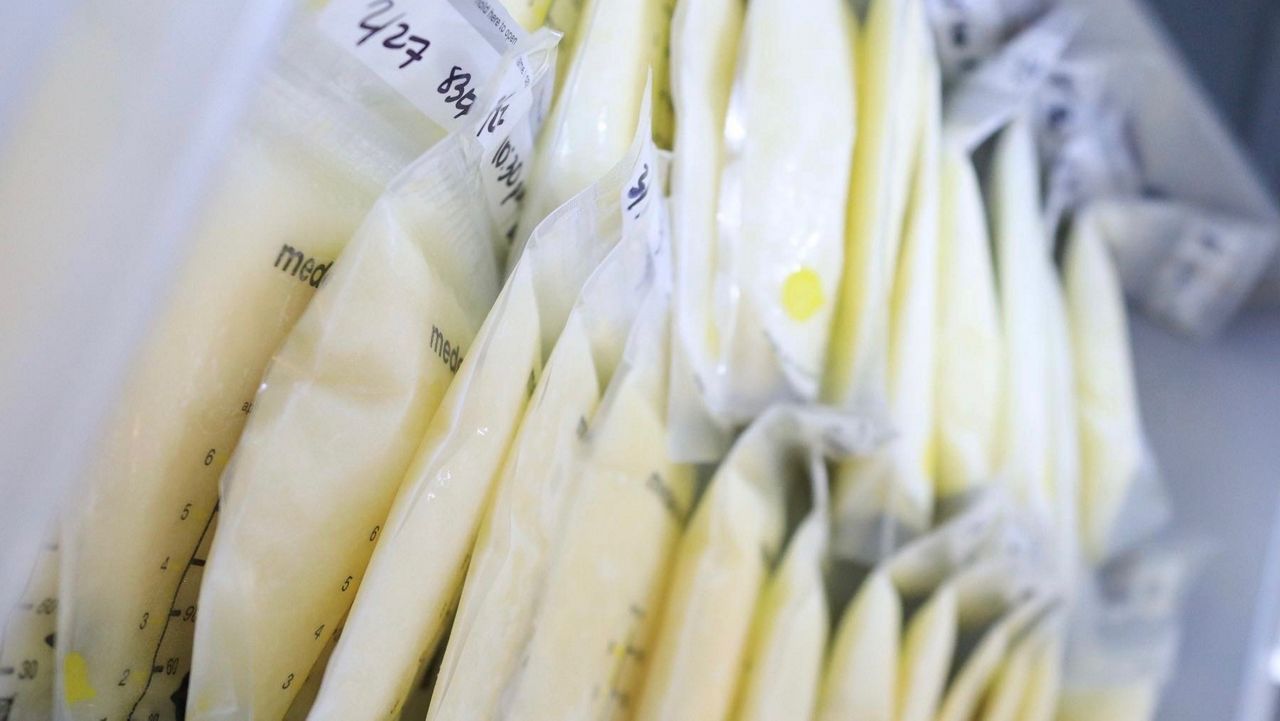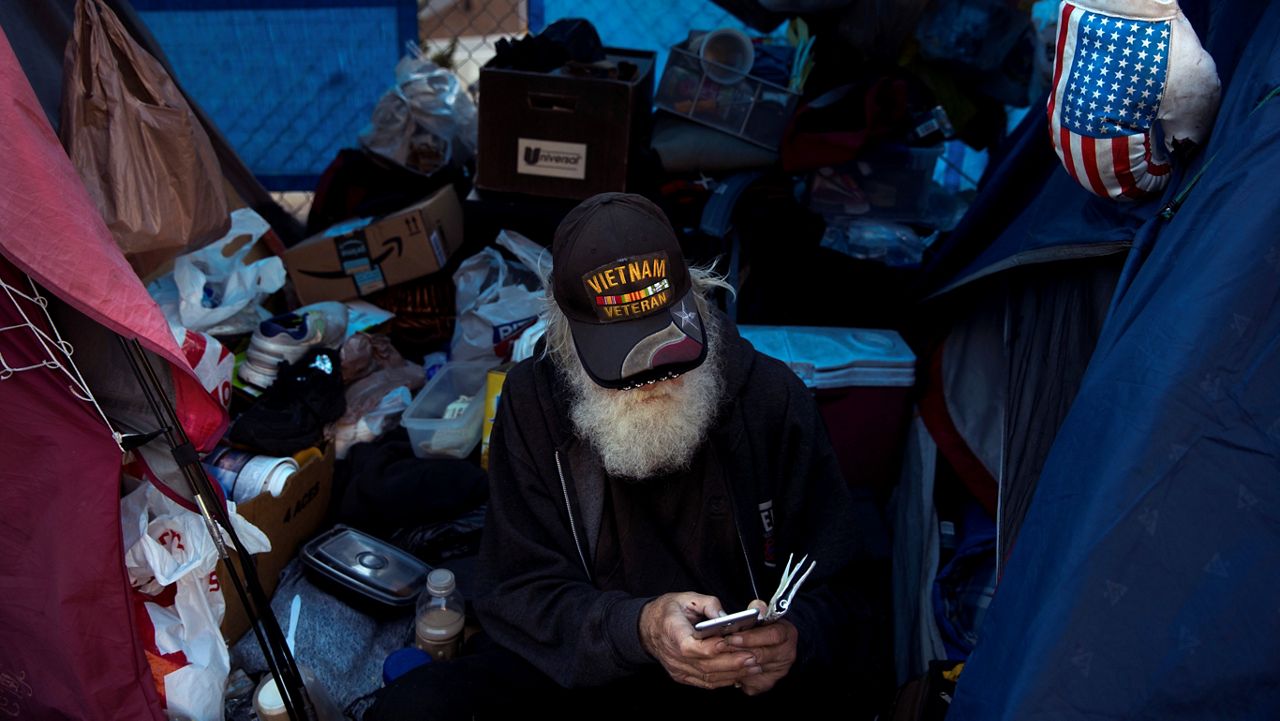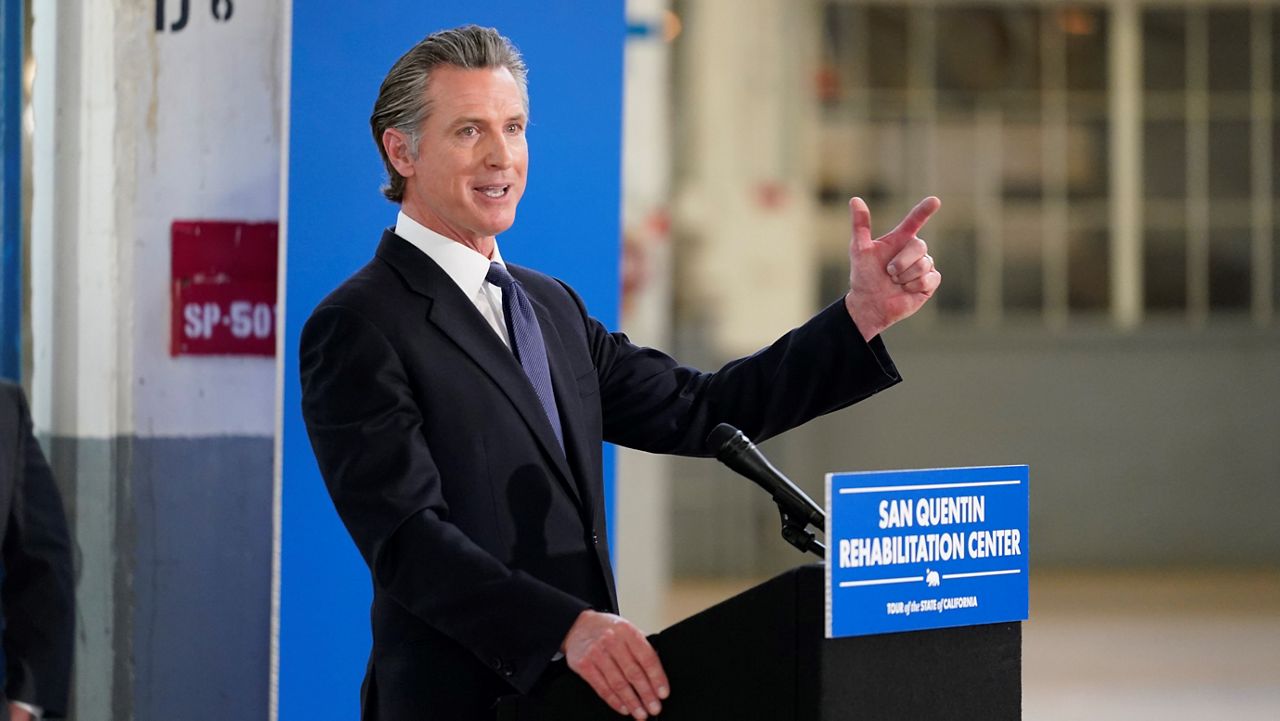Voting technology has come a long way in Los Angeles County and changes are coming this election season. Voters will now vote using a Ballot Marking Device, to help people mark their vote.
The device will scan your ballot and voters will make their selections with a touch screen. Dean C. Logan, Los Angeles County Registrar-Recorder and County Clerk, said people will be able to choose from 13 languages and even adjust the font size. The new system will also make voting more accessible for all voters.
MORE INSIDE THE ISSUES:
- New Taxes on Cannabis Could Hurt Legal Dispensaries
- Gov. Gavin Newsom's First Year: What Has He Accomplished?
- Tom Steyer's Strategy to Win CA on Super Tuesday
“You are still feeding in a paper ballot into this device and at the end of your voting session it prints out that paper ballot, which has a list of all your choices in human-readable format, in whatever language you chose, and that’s what goes into the ballot box in the back [of the machine],” he said.
“Nothing is retained on this device; this doesn’t count your vote. This helps you mark your ballot in an unambiguous way, a user-friendly way and then those ballots come back and are tabulated on a secure, central system back in our office.”
Logan, who has more than 25 years of experience in elections administration, records management and public service, said the technology has been 10 years in the making.
The new system, called Voting Solutions for All People (VSAP), aims to help those with disabilities. One voter, Natalie Gross, Communications Coordinator for Inclusion in Hollywood, has arthritis of the eye, and describes her vision as “looking out of clouds all the time,” very “gray” and “thick” and is not able to see print, large or small. She said she was unaware that audible voting was an option and she had to figure out how to work through the challenge.
“I was going in [to vote] with somebody that I trusted, and then I just moved to the vote by mail ballot and was doing it at home with family,” she said.
She has been frustrated with the lack of information surrounding voting for people with disabilities.
“Where do we go to find these resources and these accommodations and what’s available to us?” said Gross.
“I want to be able to do this by myself, I’m doing all these other things by myself, and just going in and voting should be simple. But it’s not, and that’s the issue. How do we make things more accessible for everybody?’
Some Californians have a variety of disabilities that can interfere with their ability to vote. Michael Waterstone, Dean of Loyola Law School, said under federal law, the right to a secret and independent ballot for people with disabilities wasn’t exactly explicit and states were not being very protective of that right.
The Help America Vote Act of 2002 changed that and said people with disabilities are entitled to vote the same way as everyone else, but there was a lack of follow-through.
“Even that wasn’t enforced or implemented very well, which is why laws, like we have here in California … are so very exciting because they have the potential to make that happen,” he said.
Gross said the new VSAP technology, which has headphones with audible capabilities, gives her hope.
“I’m excited to try out the new voting process. I’m just hoping that the information gets out there and the blind community is aware [that it’s available]. It’s up to us as [the blind] community, too, to say ‘what is available to us, what are our accommodations?’ and being up to date on what it’s going to take for us to be able to vote on our own,” she said.
California has a top-two primary system in place and that allows voters to choose whomever the like best, regardless of party affiliation but this will not be true in the presidential primary this year.
California Secretary of State Alex Padilla said for most registered voters, nothing changes - the candidates that will appear on their primary ballot are those for their political party. But, the “large and growing number of the no party preference voters” need to be aware that their default ballot will not list any presidential candidates because they’ve chosen to have no party preference.
“They can vote for a presidential candidate if they do one of two things: request a ballot for one of the parties that offers that crossover opportunity, like the Democratic Party, or if they choose to vote for a candidate in a party that has a closed primary, like the Republican Party, they would have to re-register with that party first and then vote accordingly,” he said.
Padilla recommends all voters check their registration status to be sure what ballot they will receive.
In 2016, the California Voter’s Choice Act was passed, aimed at modernizing elections and allowing voters to choose how, when and where to cast their ballot by mailing voter ballots, expanding in-person early voting and allowing voters to cast a ballot in any vote center within their county.
Mindy Romero, founder and director of the California Civic Engagement Project, said a test conducted on five California counties, Madera, Napa, San Mateo, Nevada and Sacramento, showed an increase in voter turnout, but in order for this result to expand over all California counties, outreach and education will be key.
“Being fully aware of the most significant change we’ve ever seen, knowing the options, being able to take advantage of those options, coming earlier in those 11 days versus on election day – all of that is important,” she said.
Let Inside the Issues know your thoughts and watch Monday through Friday at 8 and 11 p.m. on Spectrum News 1.











